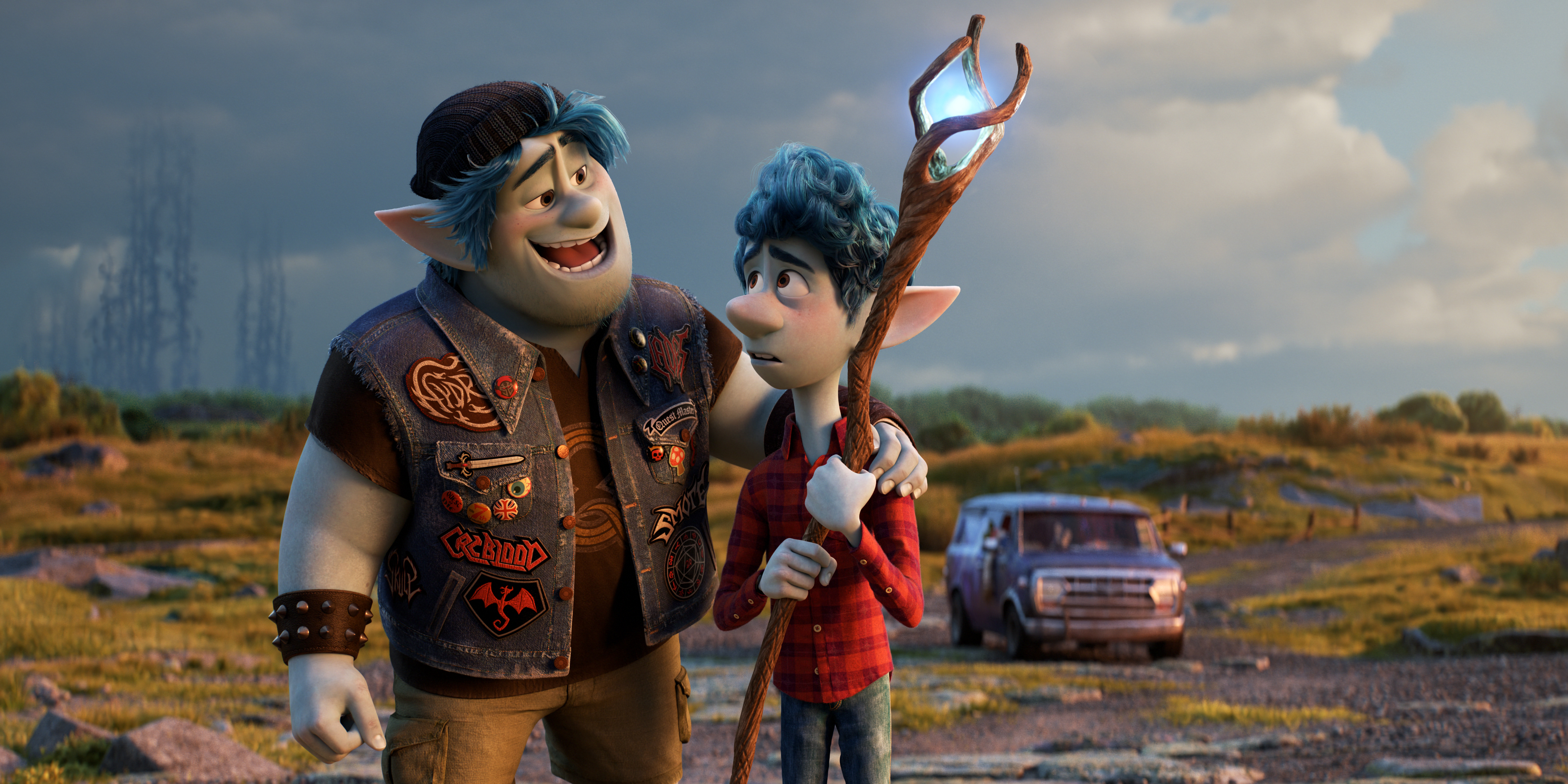Source: An Empty Cinema by Tima Miroshnichenko on Pexels
Please take your seats and turn OFF your phones; the movie is about to begin. COVID-19 certainly changed the world as we know it: people were told to stay indoors, workplaces and non-essential establishments had to shut, and so the world stood still. Fast forwards to May 2021, after 3 national lockdowns, indoor venues were allowed to re-open, with the hopes to return to ‘normality’, however, one key cultural industry was left struggling to recover from the aftermath of the pandemic: cinemas. With subscribers of streaming platforms having drastically increased over the pandemic, not only has the demand for cinemas now been put into question, but also the need for film culture preservation.
This blog will highlight the long-lasting effects on the struggling industry, by discussing how the digitalisation of content for consumption on streaming platforms altered audience watching habits.

Source: Woman Applying Hand Sanitizer by Anna Shvets on Pexels
Screening or Streaming?
Over the pandemic, cinemas experienced great financial difficulties, as a result of having to close down their indoor venues to the public. One of the UK’s most successful chains, Cineworld, experienced a revenue loss of “more than 80% from $4.3bn pre-pandemic to $852m last year [(2020)]” stated the Guardian (2021). In early 2020, new releases like the 007 movie, No Time To Die (2021), was initially pushed back seven months, to discourage people from visiting the cinema and reduce the risk of spreading the virus.
On the other hand, popular subscription services, The Guardian (2021) comments, “such as Netflix, Disney+ and Amazon Prime Video soared by 50% to 31m as locked-down Britons turned to the small screen”, due to more people required to stay indoors. Data from Business of Apps (2024) demonstrates how Netflix saw a 9.43% increase in subscribers between the fourth quarter of 2019 (167.09m) and the first quarter of 2020 (182.86m). The latest statistic from Netflix shows that in their fourth quarter of 2023, the number of subscribers reached 260.2m, thus highlighting the prevalence of streaming services, even after pandemic ended.

Source: Person Holding a Remote Control by freestocks.org on Pexels
Times are Changing:
One must ask: what effect does this have on the film industry? Through film digitalisation, as suggested by Benyon et al. (2015), can be used to “[increase] numbers of audiences consume the arts through digital channels and devices… it also has significant impact on current practices for the production, distribution, and the creation of meaning for audiences”. In May 2021, new releases, like Cruella (2021), were made available in both theatres and on streaming-service giant, Disney+, though with an charge additional to the customers’ monthly subscriptions, to booster the income of re-opened cinemas, whilst also appealing to potential customers who still did not feel comfortable with being in crowded spaces.
This emerging habit, however, explains how the digital consumption of films altered the modes of viewing, over the course of the pandemic, where people feel less inclined to visit a physical venue and now prefer home movie streaming. Research by Zhao (2024) demonstrates that 56% of participants surveyed have a reduced motivation to visit a movie theatre, since the emergence of COVID, and with more people being inclined to set-up a ‘home-cinema’ system – such as paying for streaming services – to get more from their money’s worth. Arguably, cinemas can be seen as a dying cultural economy, as well as the film industry, where less money is being put towards the distribution stage of movie releases in cinemas, and more towards the consumption stage on online streaming platforms.

Source: People Sitting Inside the Cinema by Tima Mirochnichenko on Pexels
The Future of Cinemas:
With its existence under threat during the pandemic, cinemas are now coming up with new, creative ways and making improvements to their business models to secure their position as global institutes of culture. Such is the case with the ‘Barbenheimer’ phenomenon that was quoted to have “saved the summer box office” by The Guardian (2023), with its unique marketing strategy by releasing both films on the same day, and encouraging audiences to see both at cinemas for a special summer double-feature. Moreover, since the outbreak, cinemas across the UK, began offering the unique opportunity to experience ‘event cinema’, which includes the screening showings of theatre productions and concerts at a reduced price, including Taylor Swift’s Eras Tour Concert.
All of this is done in an effort to re-establish the need for cinemas as a hub for socialising and culture, where the means of consumption are “not replicable in alternative distribution channels”, as suggested by Weinberg et al. (2020). Though the film industry is constantly evolving, through the digitalisation of content for consumption on streaming platforms, cinema is not a dying art form – it is a transcultural phenomenon, which offers us an escape and one which must be preserved at all costs.
Please share your thoughts on how much you value the relevance of cinemas and why we should strive to protect this cultural industry down below.
All images and media are used under fair usage for educational purposes.

















Leave a comment